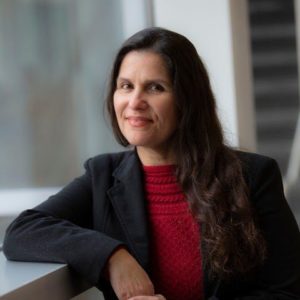
In the five years leading up to the COVID-19 pandemic, skilled nursing and rehabilitation facilities did little to improve the number or quality of in-house infection preventionists, according to member surveys from a major association for infection control professionals.
Since the first survey conducted by the Association for Professionals in Infection Control and Epidemiology in 2015, the Centers for Medicare & Medicaid Services has mandated that nursing homes add infection preventionists to their rosters. Then the pandemic brought renewed focus on preventing and mitigating the spread of infection.
But among 1,871 infection preventionists working in frontline positions, just 12% reported they worked in skilled nursing or similar facilities, according to a second major APIC survey conducted between January and February of 2020.
Of about 245 working in skilled nursing or rehab, 39% said they also worked in an acute-care or other non-acute setting, meaning their time was divided even as regulatory requirements encouraged more focus on promoting antibiotic stewardship and reducing healthcare-associated infections.
The results were reported Monday at APIC’s national conference, where cross-sector findings were outlined by Monika Pogorzelska-Maziarz, Ph.D., CIC, assistant professor at Jefferson College of Nursing in Philadelphia, and Diana Cervantes, Dr.PH., CIC, assistant professor and program director at the University of North Texas Health Science Center.
After its first such survey in 2015, APIC found 21% of its members worked in non-acute settings, with about 23% of those in long-term care. In the new study, that share fell to 16%. Only a small portion of those — 140 total respondents — said they worked solely in the skilled nursing sector.
In some geographic areas, the lack of IPs was staggering. The 2020 survey found just 12 IPs working in skilled nursing facilities in the South, while about 50 were spread across the Northeast.
Cervantes cautioned that the survey went only to APIC members, and many of the IPs appointed to that role in skilled nursing may not have a purely infection control-related background. They are less likely to be certified through APIC aligned programs than IPs in acute settings, and engage less with the broader infection prevention community.
She also acknowledged that lower salaries, different regulatory requirements and fewer job opportunities likely drove IP numbers down in some areas and clinical settings. But Cervantes noted that the pandemic, with its increased focus on infection control and new federal guidelines, will likely influence APIC’s numbers when it conducts its MegaSurvey again in 2025.
By then, CMS will almost certainly be penalizing nursing homes that don’t have specific infection control employees on staff. The lingering question is whether most of those employees will continue to hold dual roles as frontline nurses, an ongoing concern borne out by the latest APIC survey.
Meanwhile, just 15% of skilled nursing infection preventionists are currently CIC certified, which is considered the gold standard in the profession. While 59% have 11 years in the healthcare field, the same percent also have 5 or fewer years experience as an IP.
Turnover continues to plague the long-term care sector when it comes to infection prevention positions. Respondents in nursing homes settings said, on average, that one to four people had held their current position in the last three years.



